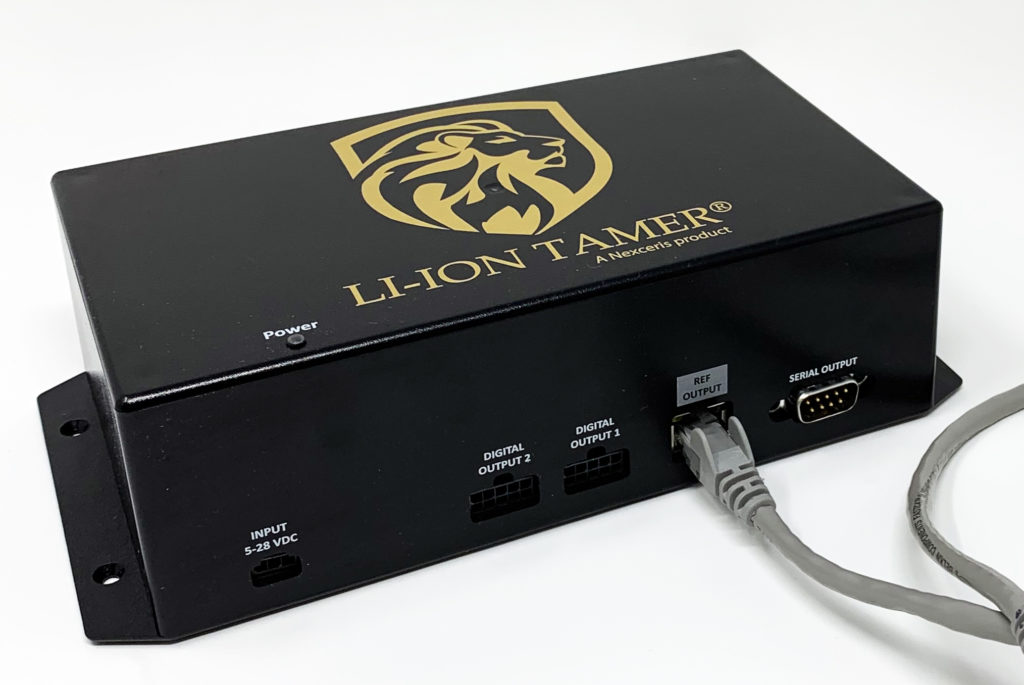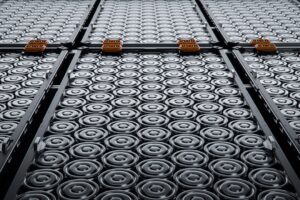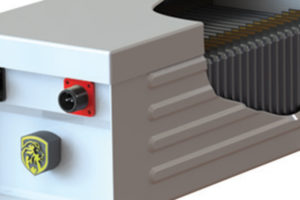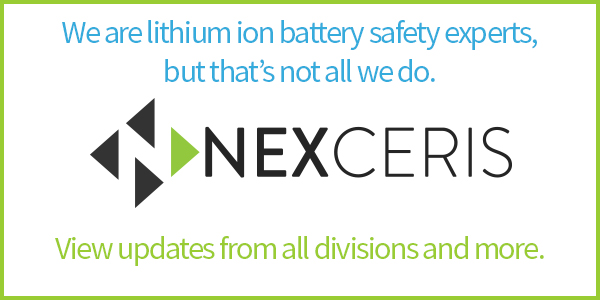Lithium ion battery failure follows four primary stages, which are initial abuse, off-gas generation, smoke generation, and fire propagation. Both the initial abuse and off-gas generation stages fall within what’s called the “preventative region”. In that region, specifically during the off-gas stage, implementing proper mitigating actions can help prevent battery failure. As such, integrating Li-ion Tamer for off-gas detection is essential to protecting battery systems.
Li-ion Tamer acts as an additional monitoring system, in addition to the battery management system (BMS) and fire panel. The output signals from Li-ion Tamer can either be tied into the BMS, fire panel, or other control systems. As shown in the image below, it’s an extra layer of defense and can even provide a “golden time”, during which proper mitigating actions can halt battery failure.
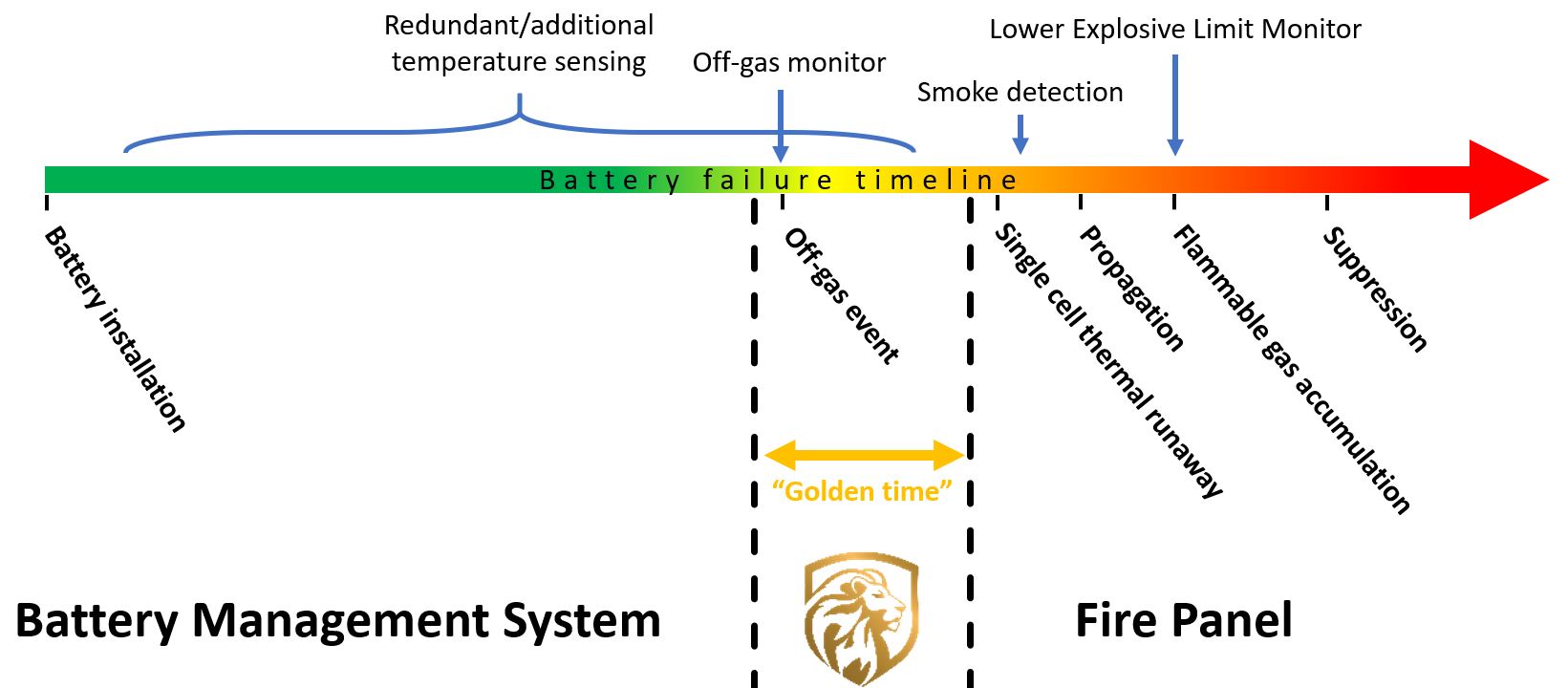
To explain “golden time” further, it’s the period of time during battery abuse between the off-gas event and thermal runaway, which includes smoke and flame generation. The goal of initiating any one of the recommended mitigating actions below is to extend the “golden time”. In doing so, more time is allowed to respond to or even prevent potential battery failure events.

System Shutdown

Ventilation

Increased Cooling

Local Alarm

Remote Alarm
Although there are a variety of possible mitigating actions, the most important is a system shutdown. However, the industry has many different definitions of what exactly this entails. As such, to help prevent battery failure, forced charge and discharge of the batteries must stop. Usually shutdown applies to the whole ESS, but certain system designs can allow only sub-sections of racks to require shutdown.
Aside from system shutdowns, increased ventilation at the module-level and system-level is also a highly recommended mitigating action. Helping clear gases from the battery modules can help reduce Li-ion Tamer sensor response time. Also, ventilating the gases from the system will reduce the risk of creating an explosive environment.
Overall, when implementing mitigating actions, it’s important to focus on removing potential abuse factors from the batteries early during abuse. As such, early warning from Li-ion Tamer off-gas detection can help halt catastrophic battery failure before it begins.
If you are interested in learning more about our product and how to integrate it into your systems to prevent thermal runaway, please contact us.
| Contact us to schedule a webinar |
|---|
